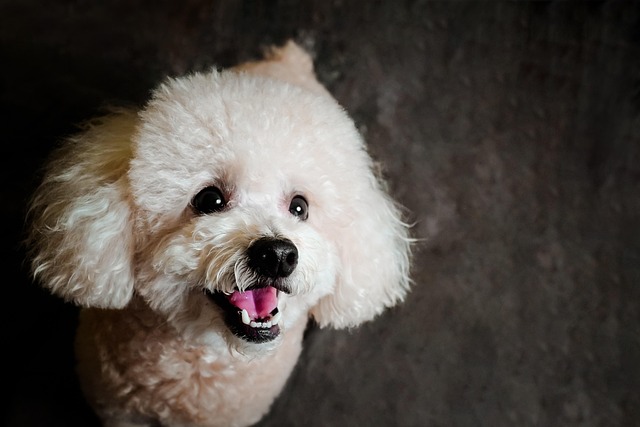
Are Poodles hard to potty train?
Many new Poodle owners worry about potty training challenges, but the breed’s high intelligence often works in their favor.
Determining the most difficult dog to train isn’t about labeling a breed “bad”—it’s about understanding how certain traits, shaped by centuries of purpose, clash with modern training expectations. Some breeds were built to work independently, not wait for human commands, making obedience feel like a battle of wills. Others have energy levels or instincts that demand more than the average owner’s schedule can handle.
Take the Afghan Hound, for example. Those elegant, flowing coats hide a mind that’s been honed for centuries to hunt game on its own. They’re not being stubborn when they ignore your “come” command—they’re following a deeper, older instinct to chase what catches their eye. In areas with strict leash laws, this can turn walks into a test of strength, especially if they spot a squirrel or bird. Consistency helps, but so does respecting their need for controlled freedom.
Siberian Huskies present a different challenge. Bred to pull sleds in packs, they thrive on teamwork—but not always with a single owner. They’ll glance at your “sit” command like you’re suggesting a casual idea, not giving an order. Their thick coats make them adaptable to cold climates, but in warmer urban areas, pent-up energy can lead to destructive habits. Many local ordinances require secure fencing for breeds with high wanderlust, and Huskies? They’re masters at finding gaps.
 Then there’s the Border Collie, a breed so intelligent it can outthink most training routines. Their problem is less about defiance and more about boredom. A Collie left without mental stimulation will invent its own games—like herding your kids or digging under the fence—turning “difficult” into a cry for engagement. In apartments, this energy can feel unmanageable, even for experienced owners. Positive reinforcement works, but only if you’re ready to train constantly.
Then there’s the Border Collie, a breed so intelligent it can outthink most training routines. Their problem is less about defiance and more about boredom. A Collie left without mental stimulation will invent its own games—like herding your kids or digging under the fence—turning “difficult” into a cry for engagement. In apartments, this energy can feel unmanageable, even for experienced owners. Positive reinforcement works, but only if you’re ready to train constantly.
Jack Russell Terriers pack a lot of drive into a small body. Bred to hunt rodents, their “off switch” is practically nonexistent. Teaching them to stay calm in public spaces, where local laws often require quiet behavior, can feel endless. Their strong prey drive means recall is a lifelong project—letting them off-leash in unfenced areas isn’t just risky; it might violate local animal control rules.
Shiba Inus, with their fox-like faces, are another breed that keeps trainers on their toes. They’re loyal but fiercely independent, treating commands as suggestions to be evaluated. House training can drag on longer than with other breeds, and their tendency to guard food or toys requires careful socialization—critical in neighborhoods where dog parks are a daily stop. Many communities have strict rules about aggressive behavior, so nipping these habits early is non-negotiable.
Training difficulty, ultimately, lives in the space between a breed’s instincts and an owner’s ability to meet them. What feels impossible with one handler might click with another who understands the breed’s needs. Always check local regulations on training methods—some areas restrict certain tools—and remember: patience, paired with respect for their nature, goes further than frustration.

Many new Poodle owners worry about potty training challenges, but the breed’s high intelligence often works in their favor.
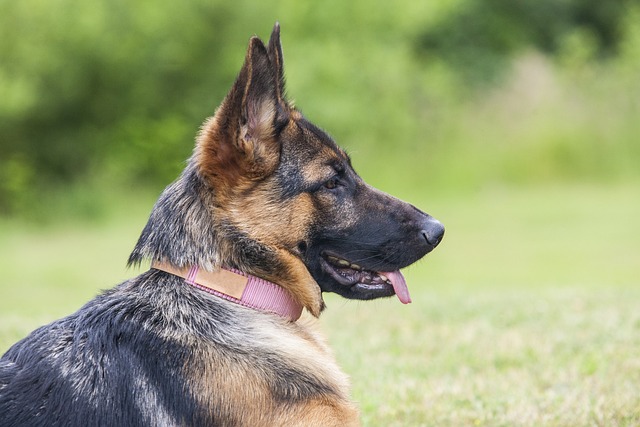
Belgian Malinois are smart, energetic dogs, but their barking can sometimes become a challenge—especially when it disrupts neighbors or violates local noise rules. First, you need to figure out why they’re barking.
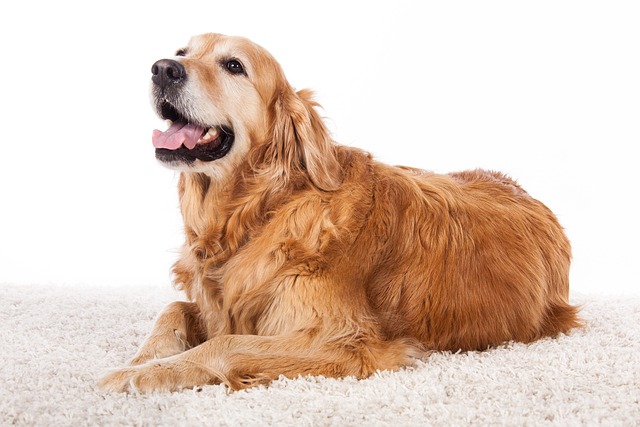
Anyone who’s spent time tossing a ball in the park knows some dogs go wild for fetch, while others just stare like you’re speaking a foreign language.
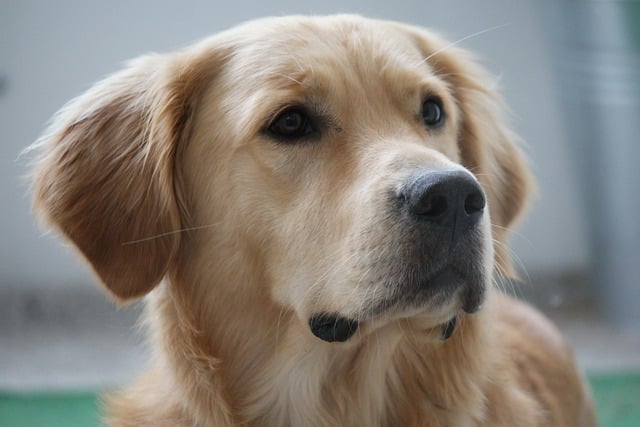
Toss a tennis ball across a park, and you’ll likely see a Golden Retriever bolt after it—tail wagging so hard their whole body shakes—before dropping it at your feet, waiting for another throw.
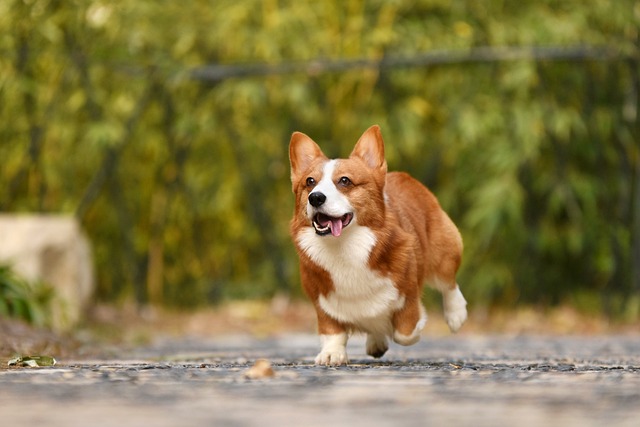
If you’re in the thick of puppyhood feeling sleep-deprived and wondering if you’ve made a terrible mistake, you’re not alone.

That magical period when your puppy seems curious about everything isn’t just a cute phase—it’s a critical developmental window that will shape their personality forever.